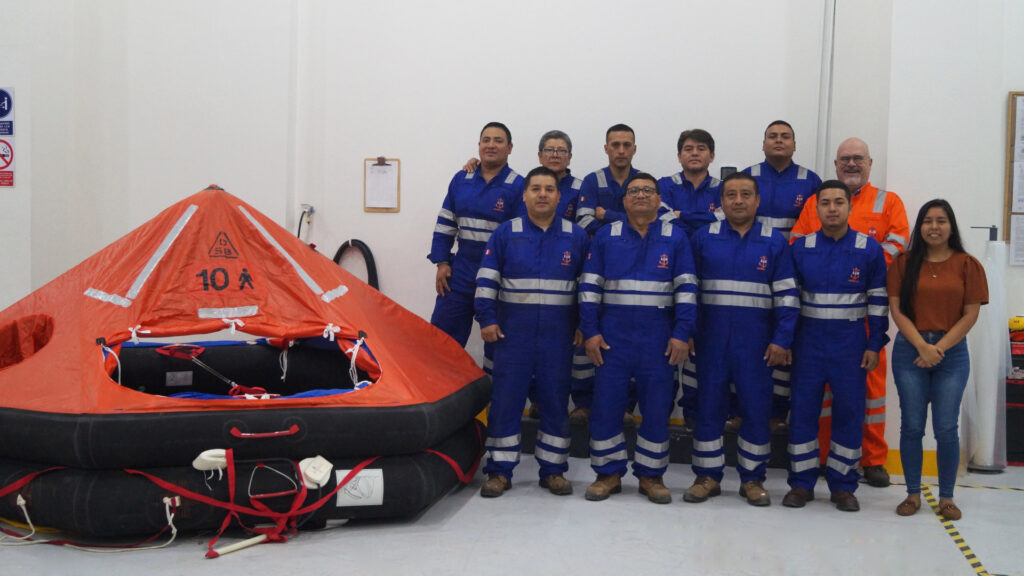LIFERAFTS
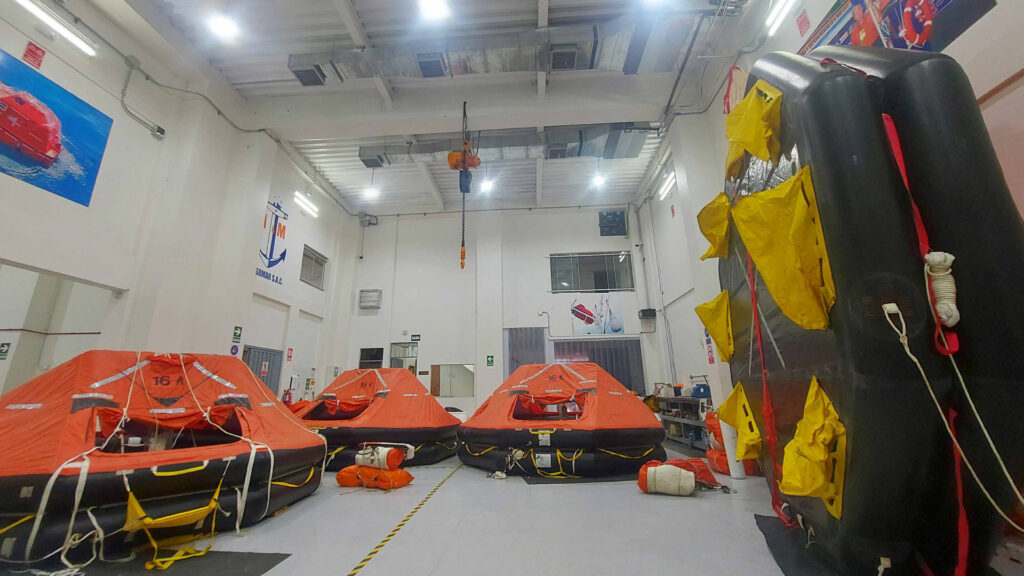
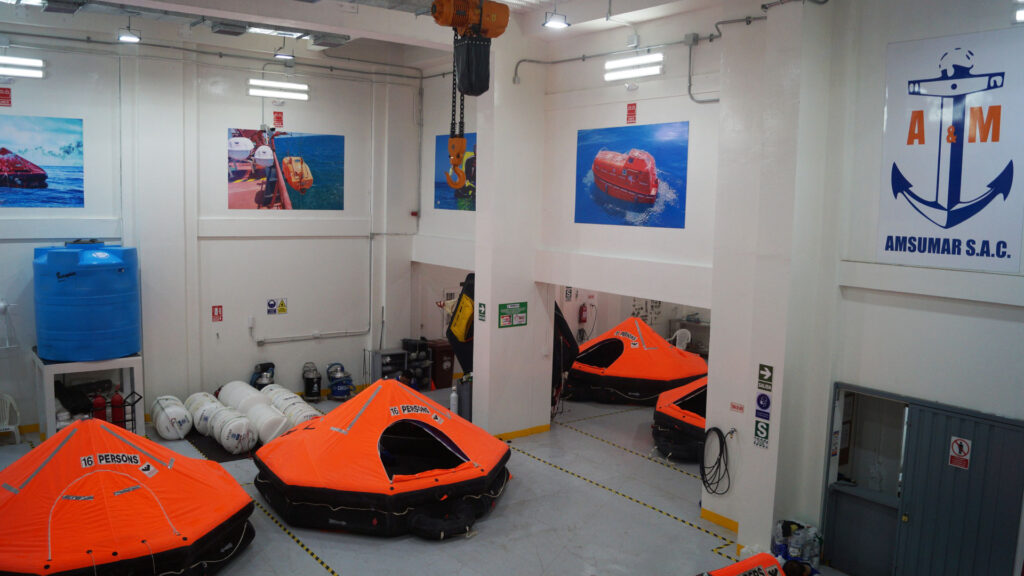
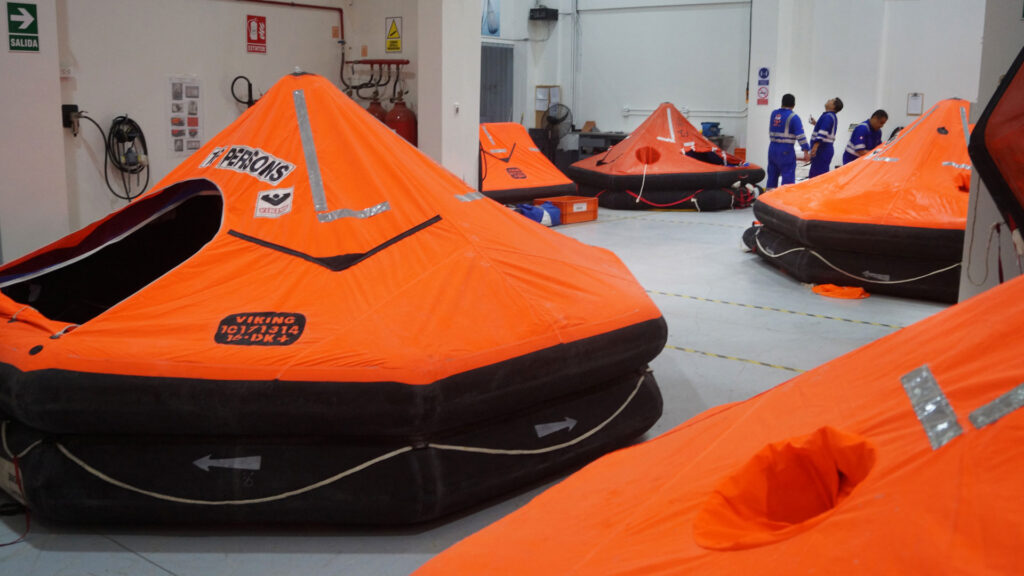
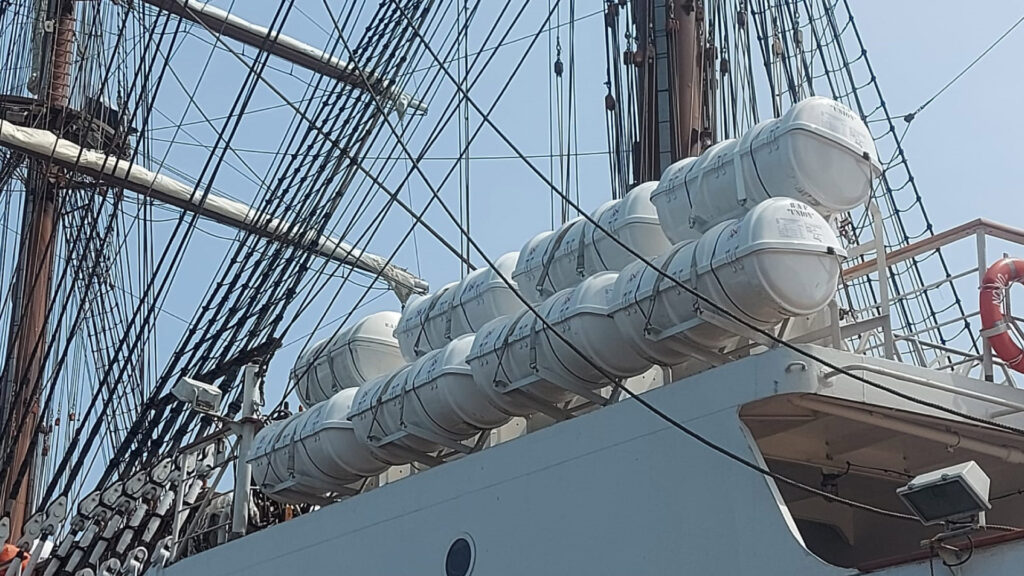
Our modern facilities are built in accordance with the last IMO regulations and the main life rafts manufacturers regulations. In addition, our technicians have an average experience of 15 years and our supervisors of 29 years in the field. Likewise, they have been trained by the main liferafts manufacturers.
Our continuous training system ensures excellent quality in the equipment service and maintenance processes, implementing the latest updates, improvements and modifications issued by manufacturers and international organizations in order to never compromise your safety under any circumstances.
Our post-sale service includes: permanent monitoring, a historical database of each piece of equipment that has been serviced, training, installation and other activities that can be coordinated with the client, such as any technological or technical improvement that can be implement within the products.
Liferaft Inspection Procedure
We follow the applicable international regulations in IMO Resolution A 761 (18) for the inspection of liferafts, in addition to our own ISO 9001 quality standard procedures and the manuals of the respective manufacturers.
Inspection steps
1. Preparation of tools and equipment
The specific and necessary tools for the correct revision of the equipment are prepared.
2. Inflating the liferaft
To inflate the liferaft we have large capacity air compressors and a system that has more than one filter to prevent moisture from entering the raft.
3. Component inspection
In the initial inspection, the condition of the components such as: the general condition of the chambers, canopy, reflective tapes, garlands, stairs, access ramps, water collectors, stabilizers, tilting belts, exterior and interior lighting systems are reviewed; among others.
4. Tests
The tests are carried out using digital pressure gauges, thermometers, barometers and hygrometers duly calibrated and approved by the respective manufacturers. These tests are regulatory and vary according to the date of manufacture of the respective liferaft. They can be: working pressure, overpressure, floor seams, CO² test, davit test and others that the manufacturer may order.
If there is a loss of pressure greater than that indicated in the manuals of the respective manufacturer, or else, a break in the chamber or the joints is detected, the repair will proceed. This will take place only if the repair limits do not exceed the ones indicated by the respective manufacturers.
5. Inspection of permanent equipment and emergency pack
Approved liferafts include a SOLAS or COASTAL emergency pack, the content of which will depend on the distance from the coast at which the ship operates and the regulations that exist in this regard. This includes: pyrotechnics (smoke signals, parachute rockets and flares), water, rations, emergency first aid kit, signal flashlight, thermal aids, inflator, radar reflector, two-tone whistle, sea anchor, oars, bags, among others. In this inspection it must be verified that all the components are in good condition and with a minimum useful life until the next inspection.
6. Inspection of high pressure bottle
The activation or inflation system of the liferafts is carried out through a high-pressure bottle with a mixture of gases (CO² +N2), or compressed air depending on the design and activation device. During this procedure, the firing head of the high-pressure bottle is disassembled for testing and maintenance, and the actual weight of the bottle is checked.
On the other hand, every 5 years it is necessary to carry out a shot or CO² test on the raft, after this an hydrostatic test must be carried out on the inflation bottle or bottles, for this we have our own hydrostatic test station for bottles and refilling of CO²/N2. Finally, a leak detection test is carried out using approved reagent liquids.
7. Deflate, pack and mark
Once the liferaft has passed all the regulatory tests, it is deflated and packed. The folding, reconnection of all systems, placement in the hull and sealing is carried out according to the respective manufacturers' manuals. Finally, after marking and labeling the hull, the liferaft is ready for delivery on board and the corresponding certificate is issued.
Our services are certified
by the main raft classification societies
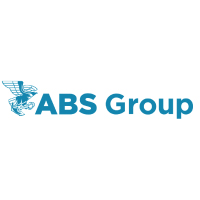
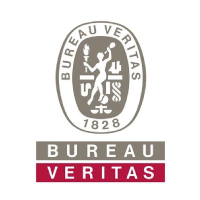
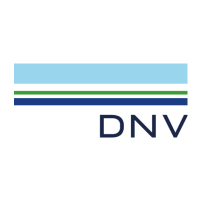
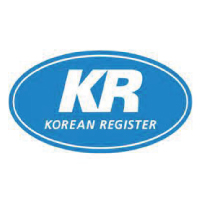
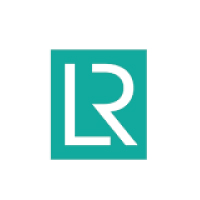
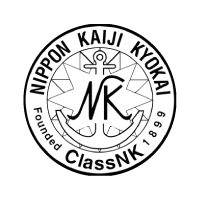
Our Life Rafts Team
